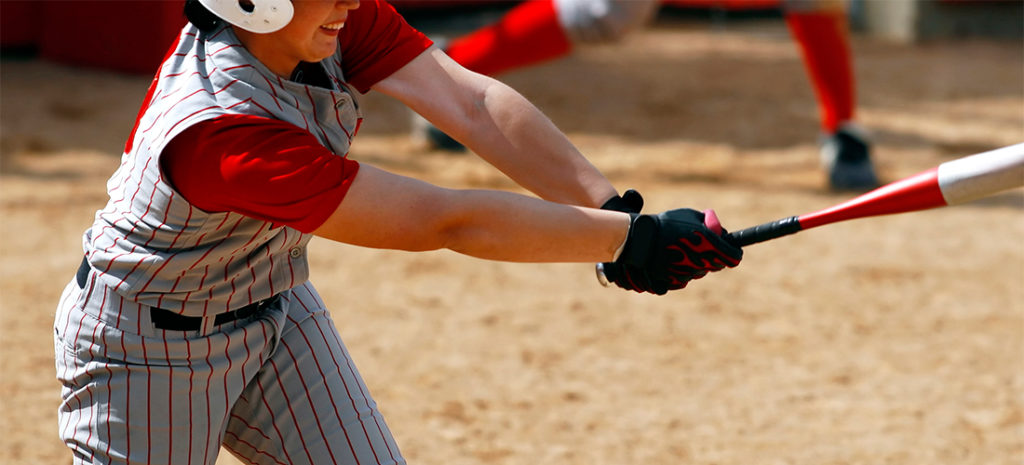A rotator cuff tear is a common cause of pain and disability among adults. A torn rotator cuff weakens the shoulder and makes daily activities painful and difficult to do.
Anatomy
The shoulder is made up of three bones: the upper arm bone (humerus), the shoulder blade (scapula) and the collarbone (clavicle). The shoulder is a ball-and-socket joint, which means the ball of the upper arm fits into a shallow socket in your shoulder blade.
The ball stays in the shoulder socket with the help of the rotator cuff. The rotator cuff is made up of four muscles that come together as tendons to form a covering around the head of the humerus. The rotator cuff attaches the humerus to the shoulder blade and helps to lift and rotate your arm.
The bursa is between the rotator cuff and the bone on top of your shoulder and allows the rotator cuff tendons to glide freely when you move your arm. When the rotator cuff tendons are injured or damaged, this bursa can also become inflamed and painful.
When one or more of the rotator cuff tendons is torn, the tendon no longer fully attaches to the head of the humerus. In many cases, torn tendons begin by fraying. As the damage progresses, the tendon can completely tear.
Different types of tears
- Partial Tear: This type of tear damages the soft tissue, but it does not completely detach from its insertion on the humeral attachment.
- Full-Thickness Tear: This type of tear is also called a complete tear. With most rotator cuff tears the tendon tears off of where it attaches to the head of the humerus.
What causes a rotator cuff tear?
Most torn rotator cuffs are largely caused by normal wear and tear that comes along with aging. People who do repetitive lifting or overhead activities are also at risk. Athletes are especially vulnerable to overuse tears, particularly tennis players and baseball pitchers. Most tears in young adults are caused by a traumatic injury such as a fall.
Two main causes
- Acute Tear: This happens when someone falls down on an outstretched arm or lifts something too heavy. This can occur in conjunction with other shoulder injuries such as a broken collarbone or dislocated shoulder.
- Degenerative Tear: This is the most common cause. It occurs slowly over time and is most common in the dominant arm. If you have a degenerative tear in one shoulder, there is a greater risk for a tear in the opposite shoulder, even if you have no pain in that shoulder.
Degenerative rotator cuff tears factors
- Repetitive Stress: Repeating the same shoulder motions again and again such as a painter, builder, baseball pitcher or tennis player.
- Lack of Blood Supply: The blood supply in the rotator cuff tendons lessens with age. Without good blood supply, the body’s natural ability to repair damage is impaired and can lead to a tear.
- Bone Spurs: Bone overgrowth often develops as we age. When we lift our arms, the spurs might rub on the rotator cuff tendon and overtime will weaken the tendon and make it more likely to tear.
Rotator cuff tear symptoms
- Pain
- While resting
- While sleeping on the affected side
- When lifting and lowering your arm
- Weakness when lifting or rotating your arm
- Grinding and crunching sensation when moving your shoulder in a certain position
- Tears causing intense pain and a snapping sensation, followed by immediate weakness in your upper arm
Physician examination
To determine whether you have torn your rotator cuff, your physician will ask you for a complete medical history, have you describe your symptoms and conduct a physical examination. An X-ray or MRI may be necessary to rule out other problems.
MAKE AN APPOINTMENT WITH A SHOULDER SPECIALIST
Treatment
If you have torn your rotator cuff and you keep using it despite pain, you may cause further damage and a larger tear. Early treatment can prevent your symptoms from getting worse and will get you back in a normal routine much quicker.
There are several treatment options and the best option depends on the patient. Your physician will consider your age, activity level, general health and type of tear you have before deciding on the best treatment plan for you.
Nonsurgical Treatment for rotator cuff tears
For about 50 percent of rotator cuff injuries, nonsurgical treatment relieves pain and improves function in the shoulder; however, shoulder strength does not usually improve without surgery. Nonsurgical treatment options include:
- Rest
- Activity modification
- Strengthening exercises and physical therapy
- Steroid injections
Surgical treatment for rotator cuff tears
Surgery is necessary if your pain does not improve with nonsurgical methods. Continued pain is the main indication for surgery. If you are active and use your arms for overhead work or sports, your physician may suggest surgery.
Surgery to repair a torn rotator cuff involves re-attaching the tendon to the head of the humerus at the greater tuberosity. There are a few options for repairing tears of the rotator cuff and your orthopedic surgeon will discuss the best procedure for your type of tear.
Most rotator cuff repairs are now fixed arthroscopically (using a camera and instruments through small incisions). Anchors, with high strength sutures in them, are placed into the bone along the attachment site of the torn rotator cuff. The sutures are then passed through the torn rotator cuff tendon and secured back to the bone. Any impinging bone spurs are also taken down during the procedure using a high speed burr.
Rehabilitation after rotator cuff surgery
After surgery, patients are placed into a sling, typically with a small cushion/pillow attached to it that holds the arm away from the body. This helps reduce tension on the repair. Physical therapy is started within the first week to begin passive range of motion.
For larger tears and/or tears with poor tissue quality, physical therapy may be delayed for several weeks. After six weeks, active motion is started and strengthening begins. While many patients can resume basic functional activities within two to three months, most patients will take four to six months to resume full activities. It is not uncommon for patients to continue to see ongoing improvements in their function and strength over the course of the first year after surgery.
Learn more about treatment options for shoulder injuries at OrthoIndy.
Schedule an appointment
Your well-being is important to us. Click the button below or call us to schedule an appointment with one of our orthopedic specialists. If your injury or condition is recent, you can walk right into one of our OrthoIndy Urgent Care locations for immediate care. For rehabilitation and physical therapy, no referral is needed to see one of our physical therapists.





